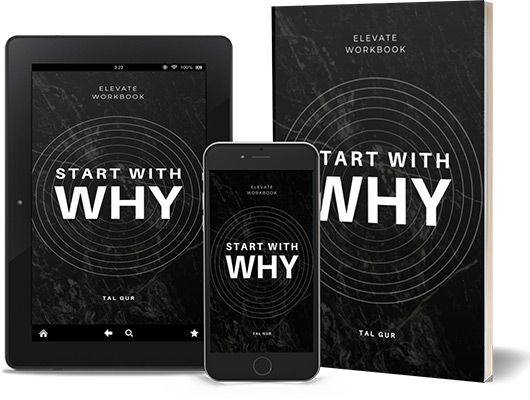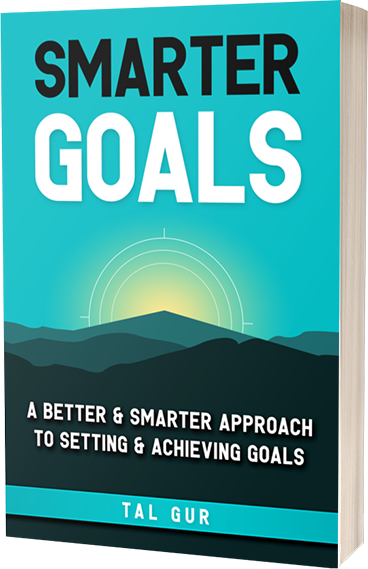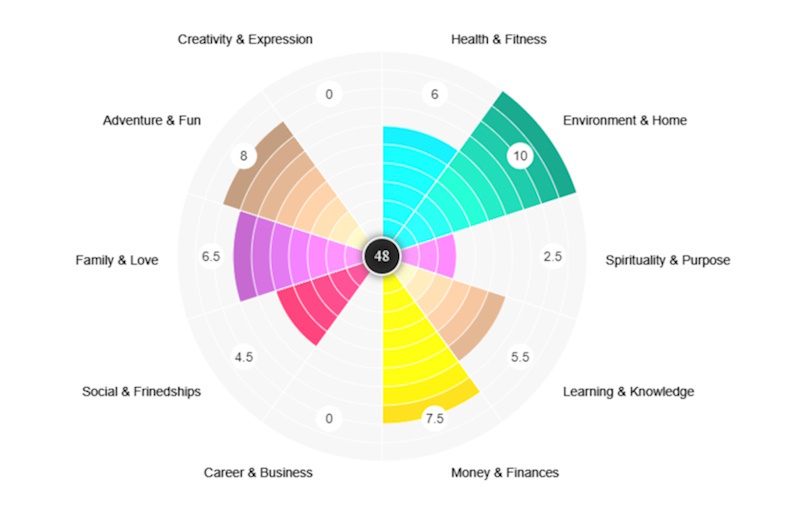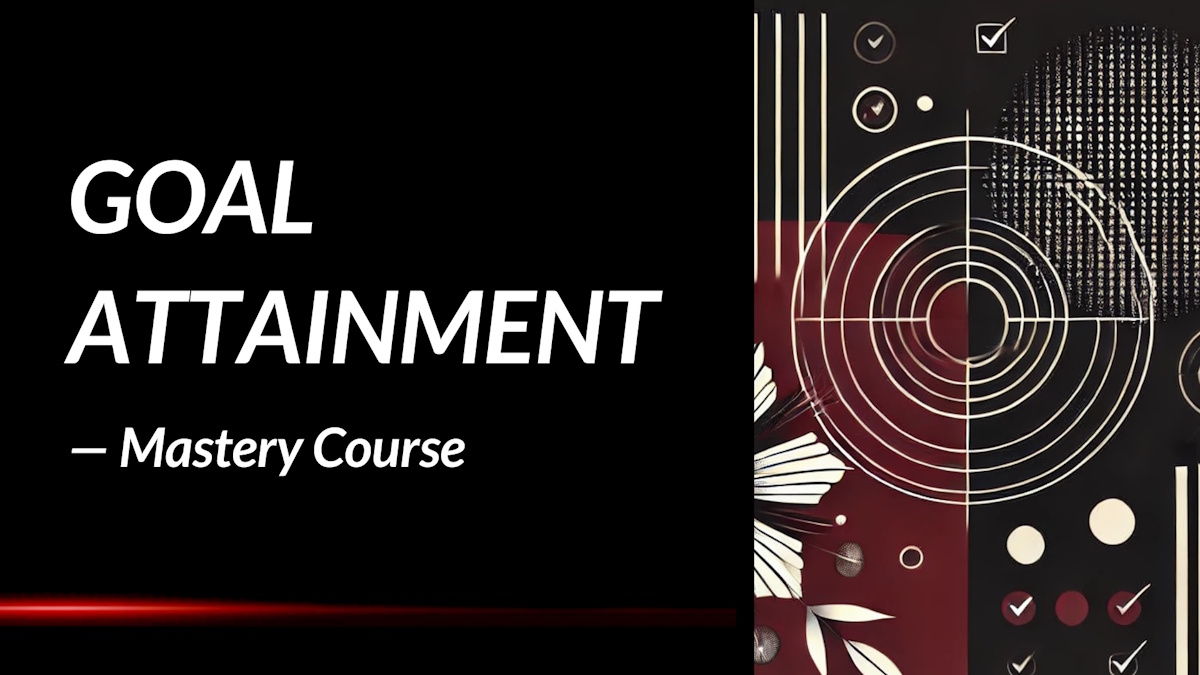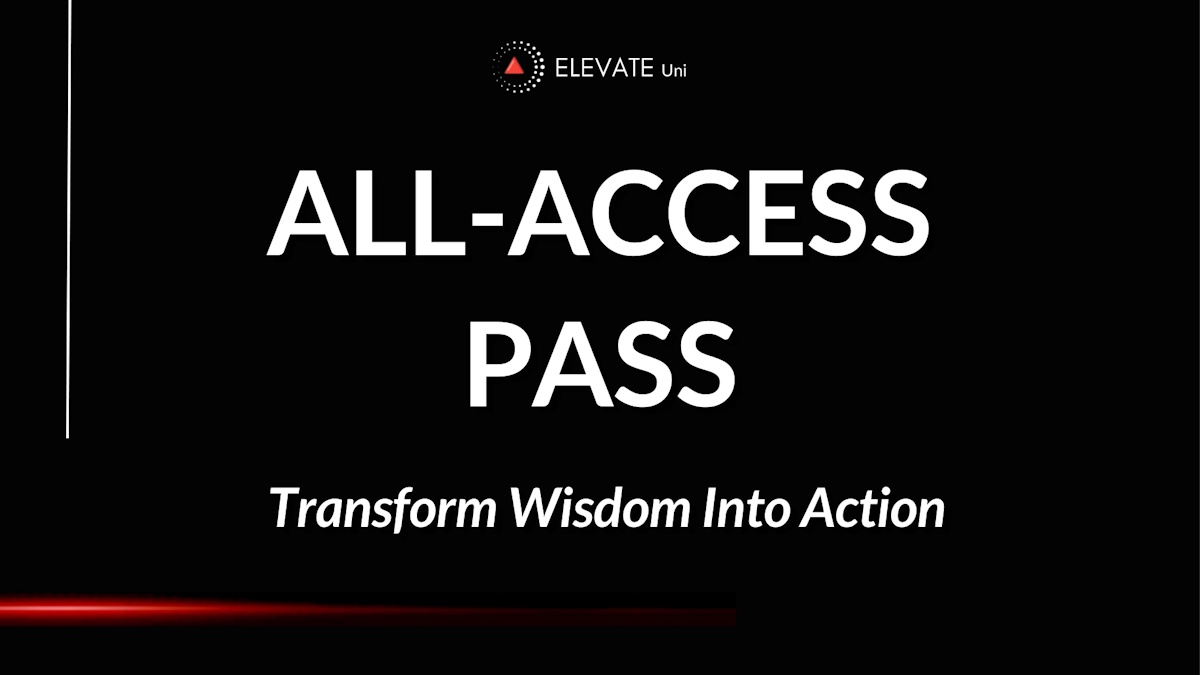When Panic Happens: Summary Review
What if you could interrupt a full-blown panic attack with the same ease you flip a switch? In When Panic Happens, Charles Schaeffer blends neuroscience and the polyvagal theory into a practical, life-changing guide for anyone struggling with moments of intense fear and anxiety.
What is the Book About?
When Panic Happens is a groundbreaking book that teaches readers how to defuse anxiety and fear the moment it arises, using the latest findings from neuroscience and polyvagal theory. Charles Schaeffer presents a refreshing, science-backed approach to handling panic—not by suppressing it or fighting it, but by understanding how the brain and body work together during stress responses. Through practical techniques that are simple yet profound, Schaeffer empowers readers to create immediate shifts in their nervous system, giving them tools to regain control without the need for lengthy therapy sessions or complicated interventions.
This book is not just another theoretical dive into anxiety; it is a hands-on manual designed for real life. Schaeffer offers quick, efficient strategies that can be used anywhere—from boardrooms to subway stations—making it invaluable for anyone who has ever felt hijacked by panic. Through compassionate writing and relatable examples, he makes complex science accessible and actionable, creating a bridge between knowledge and real-world resilience.
Book Details
Print length: 106 pages
Language: English
Publication date: July 1, 2024
Genre: Self-help, Mental Health
Book Author
Core Theme
At its heart, When Panic Happens is about understanding and transforming the body's immediate reactions to fear. Schaeffer delves into how the autonomic nervous system—particularly the vagus nerve—governs our emotional and physiological responses to perceived threats. He teaches that panic is not a failure or flaw but a natural biological reaction that can be skillfully interrupted and redirected. Through strategies rooted in polyvagal theory, readers learn how to short-circuit panic at its source by engaging the body's calming mechanisms in real-time.
Another powerful theme woven throughout the book is the importance of self-compassion and agency. Rather than viewing anxiety as an enemy, Schaeffer encourages readers to see it as a communication from their nervous system. By tuning into these signals with curiosity rather than judgment, individuals can begin to build resilience. The focus shifts from "fixing" oneself to skillfully responding to internal cues, fostering a sense of empowerment that lingers long after a panic moment passes.
Main Lessons
A few impactful summary lessons from When Panic Happens:
1. Understanding Panic Reduces Its Power Over You
One of the fundamental lessons from When Panic Happens is that understanding what is physically and mentally happening during a panic attack can dramatically diminish its control over you. Dr. Schaeffer breaks down complex physiological and neurological reactions into clear, relatable explanations, allowing readers to see panic not as an uncontrollable enemy but as a manageable response. This insight removes much of the fear and stigma around anxiety, empowering individuals to confront it with a sense of rationality rather than helplessness.
2. Practical Tools Can Defuse Panic in the Moment
The book emphasizes that having practical, immediately usable techniques is crucial for managing panic when it strikes. Dr. Schaeffer shares simple yet powerful exercises rooted in neuroscience and polyvagal theory that can quickly calm an overwhelmed mind and body. These strategies aren't abstract theories; they are tangible tools you can carry with you and apply the very moment you start to feel anxiety rising, providing a sense of preparedness and personal agency.
3. Small, Consistent Habits Build Long-Term Resilience
A central takeaway is that while moment-to-moment tools are vital, consistently applying them over time transforms them into powerful habits that build emotional resilience. When Panic Happens encourages readers to practice the recommended techniques daily, even when not actively anxious, so that these skills become second nature. This repeated, gentle conditioning helps reinforce calmness and self-regulation as an automatic response instead of allowing panic to dictate actions.
4. Empowerment Comes From Education and Practice
Dr. Schaeffer highlights that true empowerment in dealing with panic and anxiety is not just about knowing techniques but deeply understanding and practicing them until they become part of your identity. The book promotes a sense of hope by teaching that panic is not a life sentence but a challenge that can be effectively managed with the right mindset, education, and persistent practice, offering readers a refreshing perspective on reclaiming their mental space.
5. Calm Communication Helps Reframe Internal Narratives
Another important lesson is the power of calm, compassionate communication with oneself during episodes of panic. Dr. Schaeffer models a warm and clear tone throughout the book, demonstrating how the language we use with ourselves can either escalate fear or usher in calm. Speaking to yourself in clear, understanding terms during distress helps reframe the internal narrative from "I’m in danger" to "I understand what’s happening and I can handle this," which dramatically alters the emotional experience.
6. Anxiety and Panic Are Natural Human Experiences
The book reassures readers that feelings of anxiety and panic are not personal failings or evidence of weakness but are natural human experiences tied to deeply ingrained survival mechanisms. By normalizing these experiences and explaining their biological basis, Dr. Schaeffer removes much of the unnecessary shame that people often carry. This validation encourages a healthier, more accepting attitude towards oneself when struggling with anxiety.
7. Relatable Examples Make Coping Strategies Accessible
Throughout When Panic Happens, relatable real-world examples are used to illustrate coping techniques, making them accessible and understandable. This storytelling approach helps readers see themselves in the scenarios presented, bridging the gap between theory and practice. The examples simplify complex ideas, showing that these strategies are not just for extreme situations but are applicable to everyday moments of overwhelm, stress, and emotional flooding.
8. Action Beats Analysis During a Panic Attack
A key rule emphasized is that during a panic episode, taking simple, decisive action—like engaging a breathing technique or grounding exercise—is far more effective than trying to analyze or reason your way out of the experience. The book teaches that overthinking in the midst of panic often fuels the fire, whereas engaging the body through purposeful actions sends powerful calming signals to the brain, allowing recovery to begin more quickly and smoothly.
9. Flexibility in Application Enhances Effectiveness
Dr. Schaeffer stresses the importance of flexibility in applying the techniques, noting that not every tool will work for every person in every moment. Readers are encouraged to treat the book like a field guide, picking and choosing strategies that feel right for their unique experiences. This flexible, non-dogmatic approach empowers individuals to customize their anxiety management, making it far more sustainable and personally effective.
10. Hope Is a Practical Strategy, Not Just an Emotion
Lastly, When Panic Happens weaves in a subtle but powerful message that hope itself is a practical, usable strategy. By consistently practicing calming techniques, educating oneself about anxiety’s mechanisms, and viewing progress as a series of small victories, readers cultivate a real, tangible sense of hope. This forward-looking attitude is not about blind optimism but about steadily building evidence that change is possible, and that even the most overwhelming panic can be managed and ultimately transformed.
Key Takeaways
Key summary takeaways from the book:
- Understanding your nervous system's role in panic is the first step toward mastering it.
- Real-time techniques, like grounding exercises and vagus nerve stimulation, can rapidly defuse a panic response.
- Panic attacks are not signs of weakness but reflections of the body's instinctual survival mechanisms.
- Self-compassion and body awareness are critical in transforming your relationship with fear and anxiety.
- You can build resilience not by eliminating fear but by developing tools to navigate it effectively when it arises.
Book Strengths
When Panic Happens shines in its ability to blend scientific understanding with deeply practical advice in a warm and relatable voice. Readers and critics alike praise Schaeffer’s knack for distilling complex neuroscience into strategies that feel accessible, usable, and immediately applicable. The book doesn’t overwhelm with jargon but instead invites readers into a compassionate partnership with their own nervous systems, making it stand out among anxiety-related literature.
Who This Book Is For
This book is perfect for anyone who experiences sudden waves of fear, anxiety, or panic—whether occasionally or chronically—and wants practical tools to regain a sense of control. It’s especially valuable for individuals looking for solutions that don’t rely solely on medication or long-term therapy but are instead rooted in self-awareness and bodily wisdom.
Why Should You Read This Book?
You should read this book if you are searching for a practical, scientifically grounded way to take your power back in moments of anxiety. Whether you’ve battled panic attacks for years or simply want to better understand how your nervous system works under stress, When Panic Happens offers real hope and real solutions in a refreshingly compassionate tone.
Concluding Thoughts.
When Panic Happens is not just a book about managing anxiety; it is a guide to cultivating a new, empowering relationship with your body and mind. Charles Schaeffer provides a refreshing perspective that removes the shame from panic, replacing it with understanding, compassion, and real-time tools for reclaiming inner peace.
With its practical exercises, science-backed insights, and heartfelt approach, this book belongs on the shelf of anyone seeking a kinder, wiser way to face fear. It invites readers to meet their panic moments not with dread, but with courage and skill.
→ Get the book on Amazon or discover more via the author's website or social channels.
* The publisher and editor of this summary review made every effort to maintain information accuracy, including any published quotes, lessons, takeaways, or summary notes.
Chief Editor
 Tal Gur is an author, founder, and impact-driven entrepreneur at heart. After trading his daily grind for a life of his own daring design, he spent a decade pursuing 100 major life goals around the globe. His journey and most recent book, The Art of Fully Living, has led him to found Elevate Society.
Tal Gur is an author, founder, and impact-driven entrepreneur at heart. After trading his daily grind for a life of his own daring design, he spent a decade pursuing 100 major life goals around the globe. His journey and most recent book, The Art of Fully Living, has led him to found Elevate Society.


